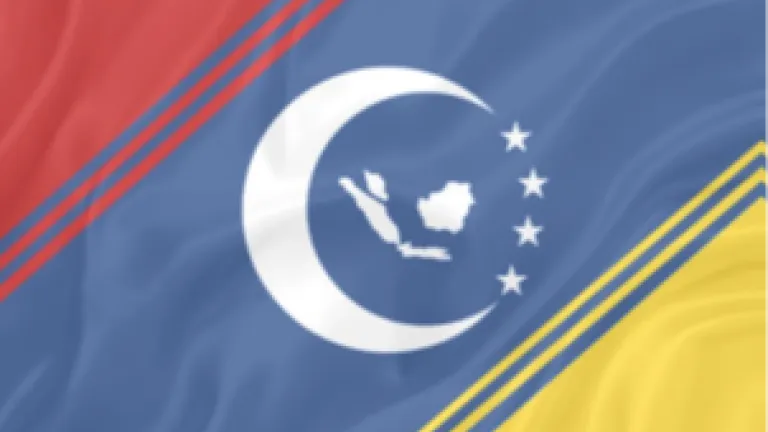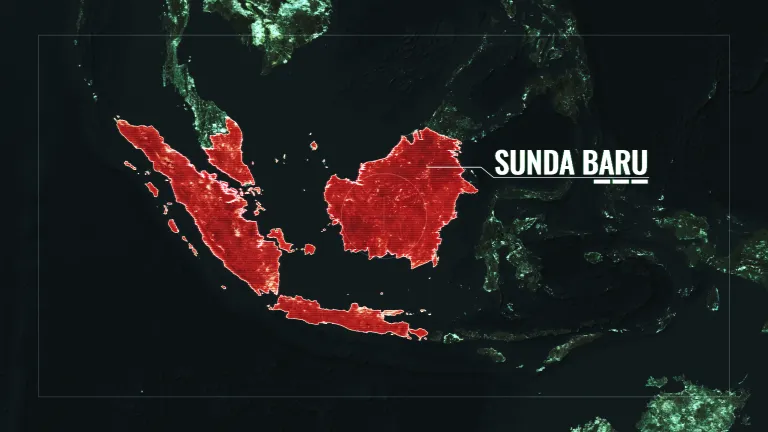Breadcrumb
- Home
- Operating Environments
- Indo Pacific
- Sunda Baru
Sunda Baru

Main navigation
Country overview
The Sunda Baru Federation was formed by the union of Indonesia and the Malaysian provinces of Johor, Sarawak, Pahang, Selangor, Terengganu, Melaka, Negeri and Sembilan in 1985. By the end of 2005, Sunda Baru emerged as a regional power with an expansionist foreign policy and a modern military capable of projecting power throughout the region. Sunda Baru is a parliamentary democracy with the President serving as both the head of state and the head of the cabinet. Modern Sunda Baru was formed through the merger of smaller states and varied populations. Because of this patchwork approach, the administration is continually looking for ways to sustain the country's rich diversity while simultaneously fostering a national culture that will help solidify the republic.
The reunification of the Malay Peninsula was the central issue of contention and has come to influence almost all of its international relationship. Sunda Baru believes that both Patani Baru and Singapore are governed by illegitimate de facto governments and that the international community should refuse to recognize their independence. The government believes that any attempt by other nations to intervene is a violation of Sunda Baru’s domestic sovereignty.

Country Study Video
Country Capabilities
More Information
For more information, or for support in customising these scenarios to fit your training needs, please use the contacts link below to reach out the the Operating Environments team at the TASSC.